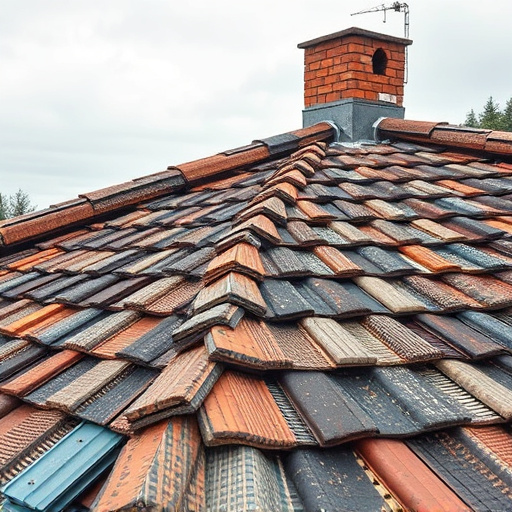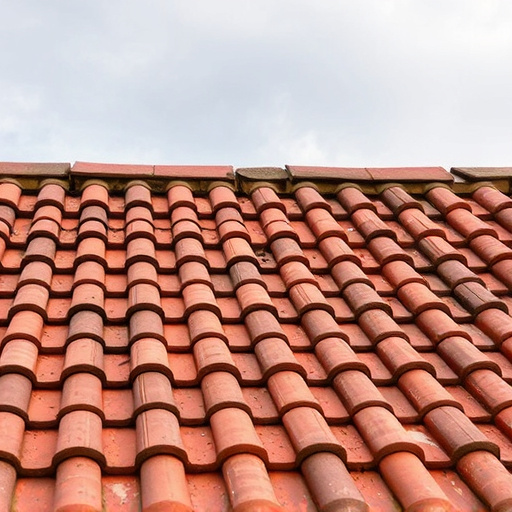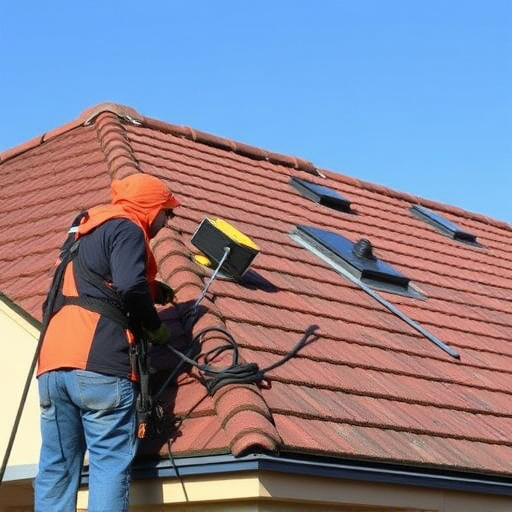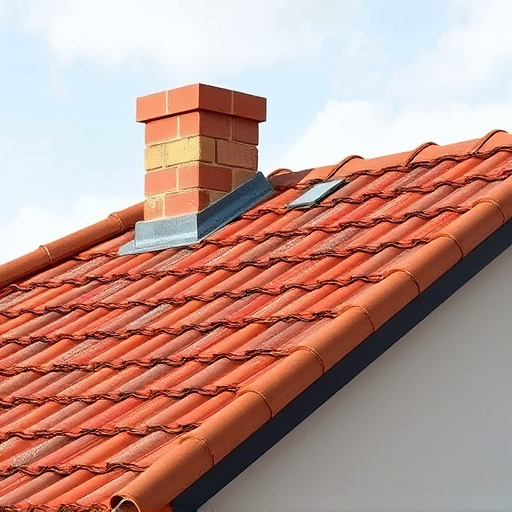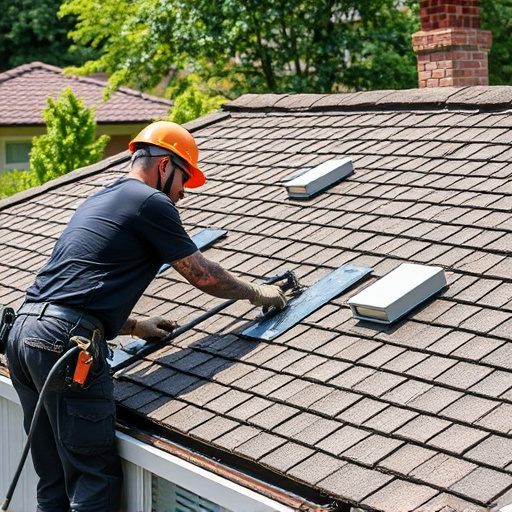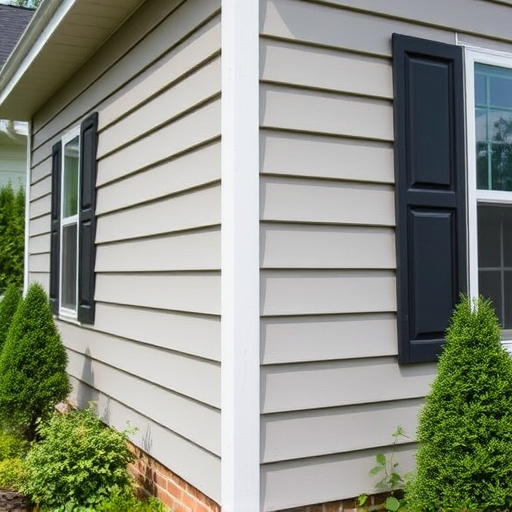Before installing new siding, conduct a thorough assessment of your home's unique needs, including climate, location, architectural style, budget, and long-term goals. Choose from various siding options tailored to your region, such as insulation-enhanced vinyl for snowy areas or water-resistant fiber cement for coastal properties. Consulting local professionals ensures the best materials for your specific climate, enhancing curb appeal, property value, and aligning with financial considerations while ensuring longevity against weather and potential health concerns.
Considering new siding for your home? It’s a significant investment, so asking the right questions beforehand is crucial. This guide breaks down the top queries to ensure you make an informed decision. From understanding your home’s unique needs and evaluating material options to comparing costs and contracts, each step is essential in navigating this process successfully. Discover how to transform your exterior while ensuring durability, energy efficiency, and a stunning aesthetic.
- Understanding Your Home's Needs
- – Assessing climate and weather conditions
- – Evaluating structural integrity and current siding condition
Understanding Your Home's Needs

Before diving into the world of new siding products, it’s crucial to understand your home’s specific needs. Each structure is unique, with varying factors influencing its exterior condition and requirements. Consider aspects like climate, location, and architectural style. For instance, a home in a snowy region may need insulation-enhanced siding to withstand extreme temperatures, while a coastal property might require water-resistant materials to guard against salt air and frequent humidity.
Additionally, think about your budget and long-term goals. New siding and gutters or roofing services can significantly enhance curb appeal and property value, but they come with varying price tags. Researching different types of siding—from vinyl to fiber cement—will help you make an informed decision that balances aesthetics, durability, and affordability.
– Assessing climate and weather conditions

Before investing in new siding, understanding your climate and weather patterns is essential for making an informed decision. Different regions experience unique challenges when it comes to exterior home improvements, from extreme temperatures to frequent storms and high humidity levels. For instance, if you live in an area prone to heavy snowfall, choosing a durable, impact-resistant siding material that can withstand the weight of snow acumulations is crucial. Similarly, coastal areas may require water-resistant options to protect against saltwater damage.
Assessing these factors will help guide your search for suitable roofing solutions. Consider consulting with local professionals who can offer insights into the best materials for your specific climate and provide advice on siding repairs or replacements over time. By taking these considerations into account, you’ll ensure that your new siding not only enhances the aesthetics of your home but also stands the test of time, protecting your investment in exterior home improvements.
– Evaluating structural integrity and current siding condition

Before investing in new siding, it’s crucial to assess the structural integrity and current condition of your exterior home. Start by examining the existing siding for any signs of damage, rot, or cracks. These issues could indicate problems with moisture intrusion, which not only compromises the look of your home but also leads to more severe structural damage over time. A roof consulting professional can help you determine if repairs or replacement is needed, ensuring that any new siding is installed correctly and durably.
Additionally, evaluate the overall stability of your home’s structure. New siding won’t be effective if underlying issues like weak framing or faulty flashing go unaddressed. It’s important to consider exterior home improvements as an opportunity to strengthen these elements, preventing future roof repair costs and ensuring longevity for your new siding.
Before investing in new siding, understanding your home’s unique needs is crucial. By assessing climate conditions and evaluating structural integrity, you can ensure the longevity of your new siding products. This process guarantees a durable and aesthetically pleasing finish, protecting your home for years to come. So, with these top questions answered, you’re well on your way to making informed decisions about your home’s exterior transformation.
